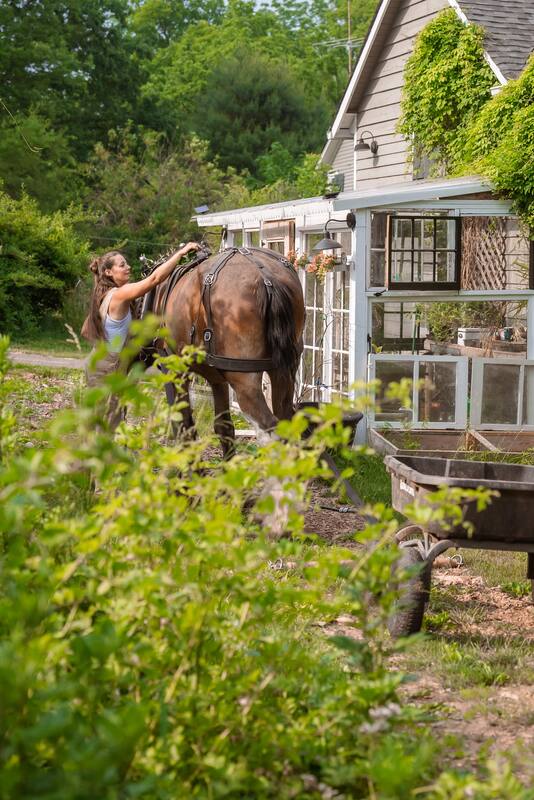|
Yesterday’s video shares the how and why of making compost tea. Let’s talk application and additives. First, repasting the recipe here:
Basic Compost Tea Recipe Materials Needed 1 cup finished compost 1 cup garden soil Tap water (if water is chlorinated, allow to sit for 24 hours) Cheesecloth or unbleached coffee filter and String, optional 5-gallon bucket Aerator, optional Directions Combine the compost and garden soil into a cheesecloth or unbleached coffee filter or add to the bucket. Secure tightly by tying with a string. Submerge the tea bag in a 5-gallon bucket filled with tap water. A water temperature of 68-72 degrees Fahrenheit is ideal. Add any desired additives to the water. If using an aerator, place in the bucket and turn it on. Brew the tea for 24 hours. Dilute to 3 parts tea:1 part water for application. Try to use the tea within 2 hours of brewing to deliver optimal benefits. Optional Compost Tea Recipe Additives Worm Castings (use in place of compost altogether or use half-cup compost, half-cup worm castings in recipe) Worm castings contain more humus than compost or garden soil, enabling more water and nutrient absorption. Also contains active soil microbes and low levels of iron. Unsulphured Blackstrap Molasses (2 Tbsp) Offers a food source for beneficial bacteria, stimulating population growth. Also fortifies tea with iron that won’t burn plants. Liquid Fish Emulsion (1 teaspoon) Liquid fish provides a readily accessible source of nitrogen, phosphorous and potassium. Also stimulates healthy soil structure. Liquid Kelp (1 teaspoon, added after brew is complete) A renewable resource which stimulates chlorophyll production, overall plant growth, photosynthesis, and strong root development. Also assists with nutrient absorption and contains trace amounts of nitrogen, phosphorous, and potassium for plants. Epsom Salt (1 teaspoon) A source of magnesium for plants that assists with flowering and fruit production. Many people are under the impression that compost is a fertilizer. But actually, nitrogen, phosphorus and potassium are bound up in the organic matter. While it does release these nutrients slowly over time, studies show the initial nutrient content of finished compost isn’t that impressive. To turn all those nutrients into a from that plants can readily absorb, we can create compost tea. This gives plants nitrogen, phosphorus and potassium AND microbes, mycorrhiza, protozoa, and all the good bacteria that make amazing soil and good plants, sooner rather than later.
1️⃣ In part one, let me show you a base recipe. 2️⃣Tomorrow we’ll discuss application and additives, in part two. Basic Compost Tea Recipe Materials Needed 1 cup finished compost 1 cup garden soil Tap water (if water is chlorinated, allow to sit for 24 hours) Cheesecloth or unbleached coffee filter and String, optional 5-gallon bucket Aerator, optional Directions Combine the compost and garden soil into a cheesecloth or unbleached coffee filter or add to the bucket. Secure tightly by tying with a string. Submerge the tea bag in a 5-gallon bucket filled with tap water. A water temperature of 68-72 degrees Fahrenheit is ideal. Add any desired additives to the water. If using an aerator, place in the bucket and turn it on. Brew the tea for 24 hours. Dilute to 3 parts tea:1 part water for application. |
Angela is the farmer and content creator behind Axe & Root Homestead® LLC. This historic six-acre permaculture farm is home to two Clydesdale horses, ten honeybee hives, five sheep, two guardian dogs, barn cats and a flock of 40 geese and ducks. The farm produces maple syrup, fruit from a small orchard and loads of garden produce for consumption, preservation and donation to the local food pantry.
The Sustainable Homestead is available NOW!
Categories
All
|

